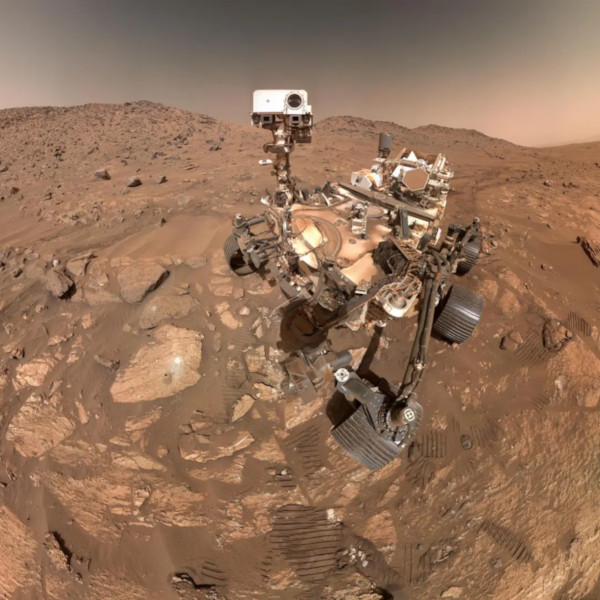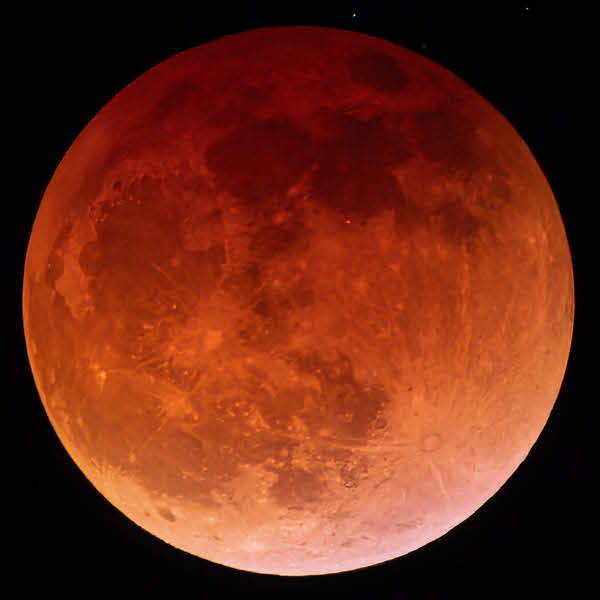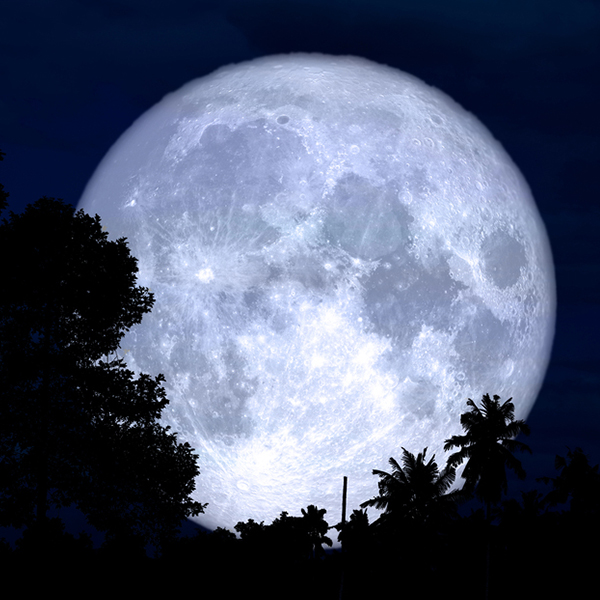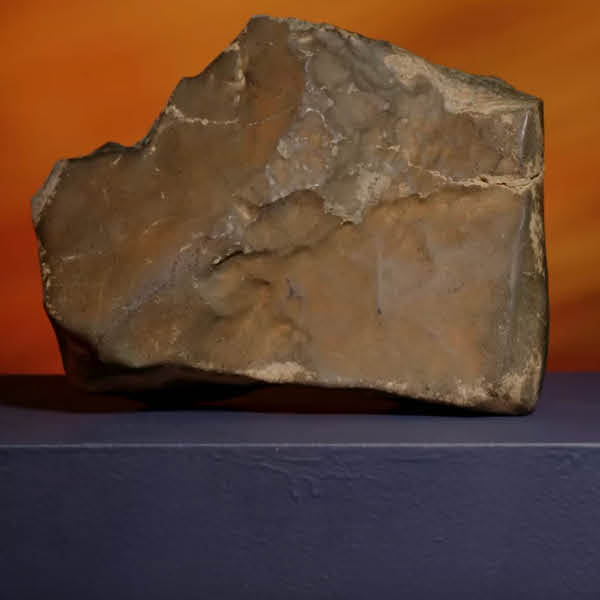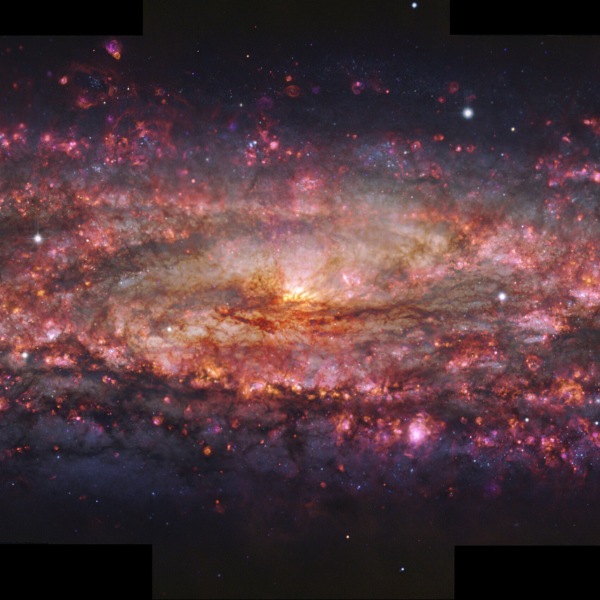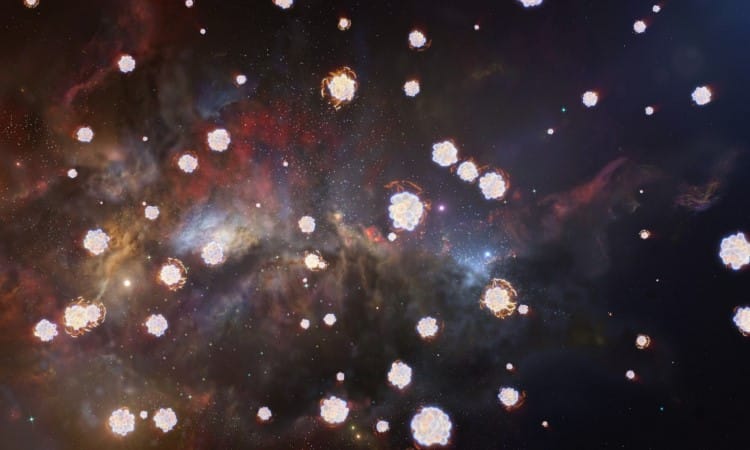
Artist's impression of a gas cloud. (Credit: ESO/L. Calçada, M. Kornmesser)
Thanks to the Very Large Telescope (VLT) in Chile, which is run by the European Southern Observatory (ESO), we are one step closer to understanding how our universe was created. Researchers have detected three distant gas clouds that appear to have a chemical composition similar to what is expected in the first stellar explosions. In a study published in the Astrophysical Journal, a team led by Andrea Saccardi, a Ph.D. student at the Observatoire de Paris – PSL, explains their findings.
Thanks to their composition, the team determined that these distant gas clouds were likely formed when the universe was only 10% to 15% of its current age. How do they know this? Generally, scientists believe that the very first stars that appeared 13.5 billion years ago were composed solely of hydrogen and helium. These giant stars quickly exploded in supernovas and enriched the surrounding gas with heavier elements. New stars born in this environment took on more complex elements until they eventually became the stars we are familiar with today. By matching the chemical makeup of a gas cloud, scientists can estimate its age.
In this case, the researchers were looking for gas clouds that lacked heavy elements, like iron. This heavy metal found at the core of stars wasn't expelled in the earliest supernovas, which were much weaker. In these three distant gas clouds, the researchers found just what they were looking for.
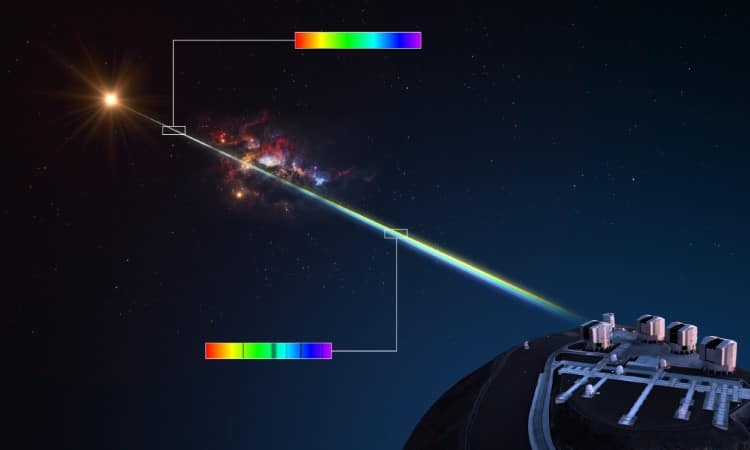
Diagram illustrating how astronomers can analyze the chemical composition of distant clouds of gas using a quasar as a beacon. (Credit: ESO/L. Calçada)
“For the first time ever, we were able to identify the chemical traces of the explosions of the first stars in very distant gas clouds,” shares Saccardi.
How they came to discover the chemical makeup of the clouds is quite interesting, and all boils down to light. They used very bright sources powered by supermassive black holes at the centers of faraway galaxies as beacons of light. Known as quasars, when their light travels through the universe, it travels through the gas clouds. The chemicals in these clouds imprint onto the light, which can then be studied by scientists.
By using an instrument known as an X-shooter, they can split the light into different wavelengths and colors. This then allows them to clearly study the chemical composition of the clouds. With this study, the researchers are paving the way for how to study early star development.
“With ANDES at the ELT we will be able to study many of these rare gas clouds in greater detail, and we will be able to finally uncover the mysterious nature of the first stars,” concludes Valentina D’Odorico, a researcher at the National Institute of Astrophysics in Italy and co-author of the study.
See how researchers used light to discover distant gas clouds that will help us understand more about how our universe was created.
Related Articles:
Scientists Reveal Fiery New Photo of Jupiter Taken From Earth
This Is the First Photo of a Black Hole and It’s a Huge Milestone in Science
Scientists Detect Shocking Radio Signals From Billions of Light-Years Away
Rare Star on the Brink of Going Supernova Photographed by the James Webb Space Telescope














































































